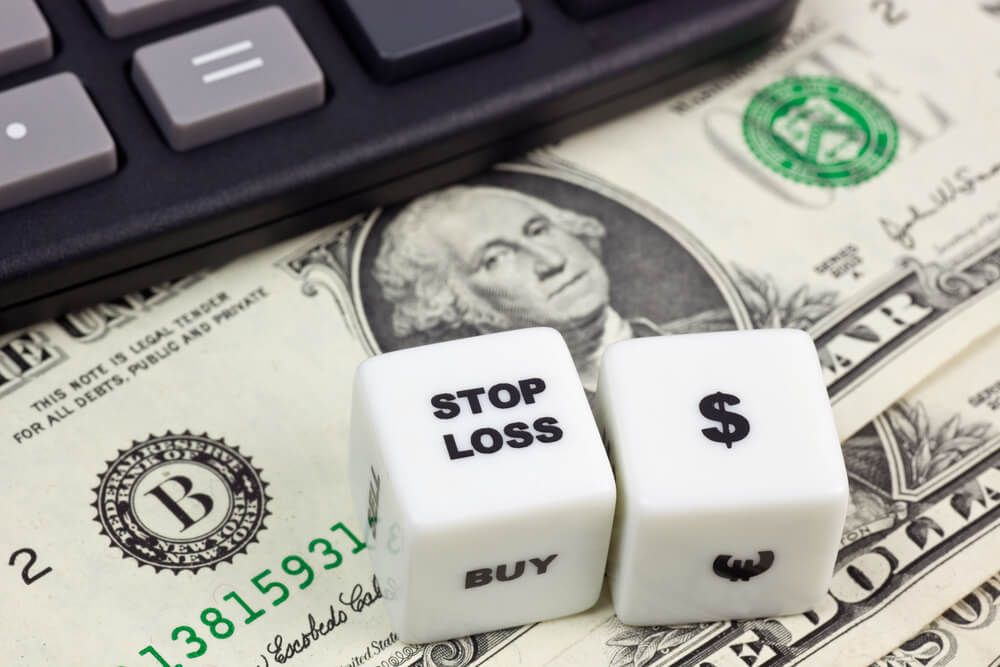
Stop Loss (SL) is one of the most important concepts in the FX market. Every trader has the opportunity to benefit from this trading tool. It’s considered the last frontier that can protect a trader from losses.
Article content
What is Stop Loss
Stop Loss is a pending order set by the trader. It’s a trader’s instruction to the broker to close an open trade if the price goes in the wrong direction. Stop Loss pending order allows a trader to hedge against force-majeure and unexpected price fluctuations, which are abundant in the market.
By the way, Stop Loss also has a brother – Take Profit, which is completely the opposite of a Stop Loss. This type of limit orders locks in profit as soon as the price reaches the specified level. Take Profit allows a trader to secure his profit and avoid losing money if the price suddenly starts a correction and heads in the opposite direction.
Where to set your Stop Loss?
Stop Loss can be considered as a point of no return. When the price reaches your Stop Loss level, it means that you realize that your predictions were definitely wrong and you need to close the order.
Professional traders find these points pretty quickly. Typically, they place a limit order past a specific level or price point. Novices don’t know how to act so quickly and efficiently. It’s for them to predict which price point indicates a wrong decision, constant doubts have a significant impact on the trading result.
For example, if you close your trades at a profit, gaining 30 to 70 pips, then you should place your Stop Loss order at a distance of 50 pips from the opening price.
Even experienced traders are not immune to mistakes. Yes, sometimes they also set Stop Losses incorrectly. But usually, they just set a limit order at 40 pips. It allows them to prevent losses on the one hand and to save their nerves on the other. Can’t pinpoint your Stop Loss? Then simply put it at a 40 pips distance from the opening price, this will limit your losses.
What are the advantages of a Stop Loss order?
- One of the advantages is that you don’t have to pay for setting the Stop Loss. The standard commission must be paid only after the price reaches the predefined Stop Loss level. So, a Stop Loss can be thought of as free insurance.
- Another very significant advantage of a Stop Loss is that it frees the decision-making process from all emotions that can interfere with trading. Very often, the trader hopes that the price will eventually go in the right direction and gives the position another chance, which in most cases results in greater losses. Stop Loss can limit such losses. Stop Loss orders allow you to stay on the right track and keep your mind unburdened by emotions.
At the same time, it is important to understand that a Stop Loss cannot guarantee 100% income or trading success. By setting a limit order, a trader doesn’t secure his profit. He still needs to analyze the market and stick to his trading strategy.
Otherwise, you will lose as much money as you would lose without setting a Stop Loss, the only difference is that this process will be slower.
Can you trade FX without setting Stop Loss orders?
In theory, yes. It is possible. But in this case, both trading and emotional risks increase.
There are professional traders, who successfully trade without limit orders, but they have many years of experience behind them. If you have no experience, and if you have been trading for less than a year, then it is important to always place Stop Loss orders.
In addition, if the Stop Loss is calculated correctly and the trade goes in your favor, your Stop Loss can move accordingly, with the price. But it is important to remember that you shouldn’t move Stop Loss further when your trade is already at a loss. This is a bad idea, and such trading behavior can wipe out your deposit in no time.
If you like our articles, follow us on Facebook and Instagram. Stay tuned for more interesting posts on our blog. We post new material several times a week.








